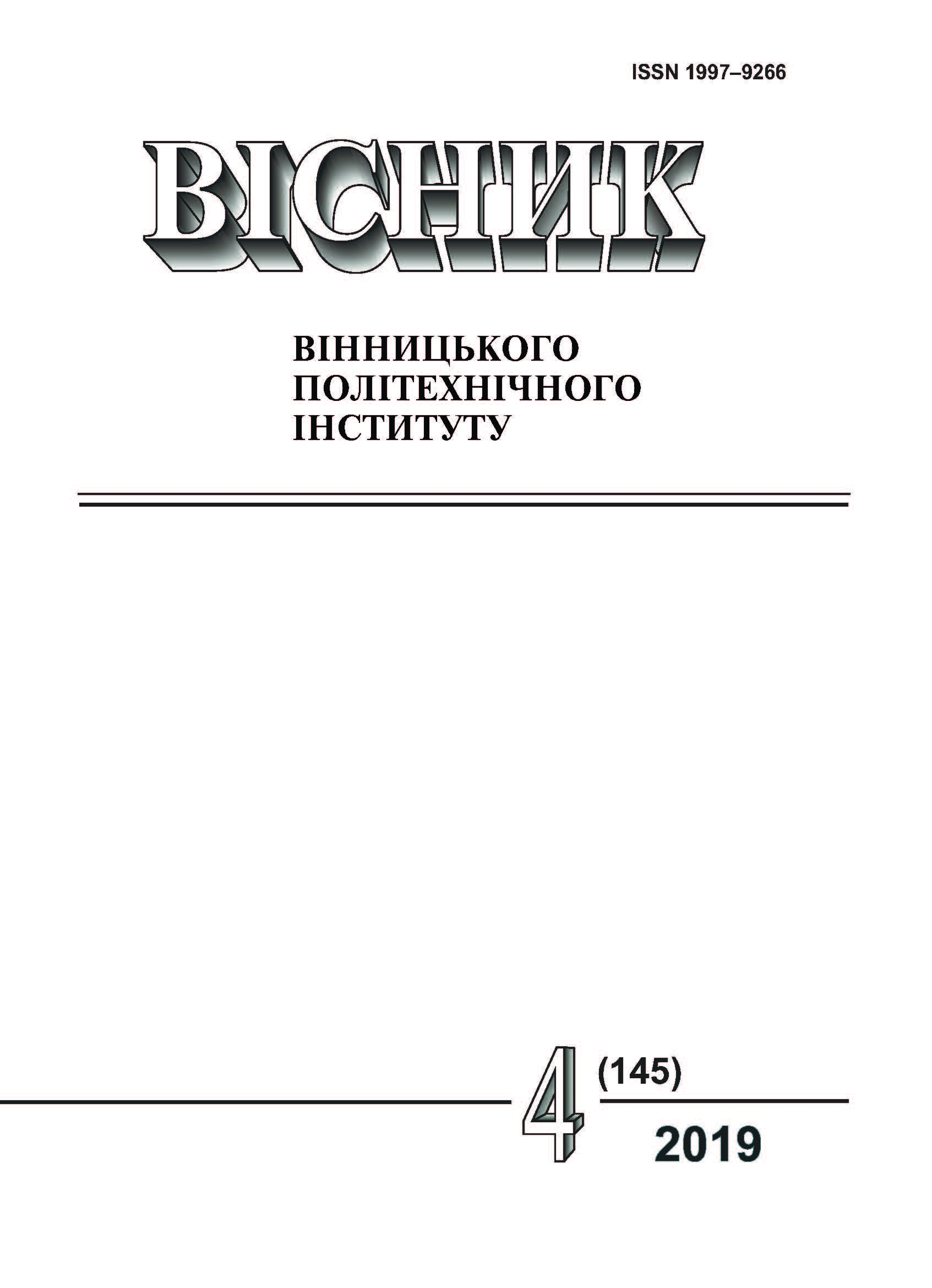Approximation of the Expanded Filter of Kalman Parallel Two-cascade Structure
DOI:
https://doi.org/10.31649/1997-9266-2019-145-4-107-115Keywords:
expanded filter of Kalman, filter, free from indignations, two-cascade filter of Kalman of parallel type, method of separate estimationAbstract
The given paper considers the problem of linear dynamic system state estimation in the presence of possible perturbations. Generally, perturbation is considered to be a constituent of linear dynamic system state vector. Assessment, in this case, is carried out in the same way. At such interpretation the standard decision is the Kalman filter with expanded state vector. Implementation of such filter is connected with considerable difficulties of computing character. For their overcoming Friedland suggested to use structure which consists of two, independent, smaller dimension parallel filters instead of an expanded Kalman filter. The method of parallel separate estimation is used as an effective remedy of reduction of the computing expenses connected with implementation of an expanded Kalman filter which dimension considerably exceeds dimension of controlled system. In this case linear combination of exits of such structure, approximates an exit of an expanded Kalman filter. The computing efficiency of parallel structure with two cascades, long time, is very popular in such directions as problems of tracking it is high-speed purposes or a perspective of nonlinear assessment in the presence of possible malfunctions. It is known that the decomposition recommended by Friedland is optimum only for perturbations of the determined type. In a situation of completely accidental vector of perturbation this structure is suboptimal. The practical difficulties connected with complexity of calculations of certain algebraic algorithms are the reason of it. As these restrictions are rigidly imposed, it is possible to overcome them seldom or never. The purpose of this work is researches of one of possible options of modification Friedland structure for the purpose of its reduction to an expanded Kalman filter with less strict restrictions. As the basis, for the considered modernization use of a orthogonal transformation method of matrixes for the purpose of receiving two standard Kallman filters of special type is necessary. Linear combination of these filters exits will also approximate an exit of the expanded Kalman filter, and introduction of the additional adjusting inputs considerably will weaken, considered in other works, restrictions.
In the conclusion, the method of mathematical modeling showed efficiency of the modified structure. Comparative analysis with the results received in other works is carried out.
References
И. Е. Казаков, и С. В. Мальчиков, Анализ стохастических систем в пространстве состояний. М.: Наука, 1983, 416 с.
B. Friedland, “Treatment of Bias in Recursive Filtering,” IEEE Transaction on Automatic Control, vol. AC-14, pp. 359-367, 1969.
Salam Ahmed O. Abdul, “Adaptive Tracking of Maneuvering Targets Using Two-Stage Kalman Filter,” in IEEE International Symposium on Signal Processing and Information Technology (ISSPIT), 2015, pp. 517-521.
X. Chen, R. Sun, W. Jiang, Q. Jia and J. Zhang, “A novel two-stage extended Kalman filter algorithm for reaction flywheels fault estimation,” Chinese Journal of Aeronautics, vol. 29, issue 2, pp. 462-469, 2016.
A. T. Alouani, P. Xia, T. R. Rice and W. D. Blair, “On the optimality of two-stage state estimation in the presence of random bias,” IEEE Transaction on Automatic Control, vol. 38, issue 2, pp. 1279-1282, 1993.
A. T. Alouani, P. Xia, T. R. Rice and W. D. Blair, “A two-stage filter for state estimation in the presence of dynamical stochastic bias,” in Proc. Amer. Control Conf., Chicago, IL, 1992, pp. 1784-1788.
E. C. Tacker, and C. C. Lee, “Linear filtering in the presence of time varying bias,” IEEE Transaction on Automatic Control, vol. AC-17, pp. 828-829, 1972.
A. Tanaka, “Parallel computation in linear discrete filtering,” IEEE Transaction on Automatic Control, vol. AC-20, pp. 573-575, 1975.
J. M. Mendel, and H. D. Washburn, “Multistage estimation of bias states in linear systems,” Int. J. Contr., vol. 28, no. 4, pp. 511-524, 1978.
D. H. Zhou, Y. X. Sun, Y. G. Xi, and Z. J. Zhang, “Extension of Friedland’s separate-bias estimation to randomly time-varying bias of nonlinear systems,” IEEE Transaction on Automatic Control, vol. 38, no. 4, pp. 1270-1273, 1993.
А. Ю. Воловик, Д. В. Гаврілов, та В. С. Мозговий, «Розробка моделі траєкторних спостережень для авіаційної посадкової системи,» Вісник Хмельницького національного університету. Технічні науки, т. 1, № 6 (267), c. 173-182, 2018.
K. P. Bharani, and C. M. Darouach. Two-stage information filters for single and multiple sensors, and their square-root versions. Automatica. Vol. 98, December 2018, pp. 20-27.
M. Mejari, D. Piga, and A. Bemporad. “A bias-correction method for closed-loop identification of Linear Parameter-Varying systems,” Automatica, vol. 87, January 2018, pp 128-141.
Downloads
-
PDF (Українська)
Downloads: 245
Published
How to Cite
Issue
Section
License
Authors who publish with this journal agree to the following terms:
- Authors retain copyright and grant the journal right of first publication.
- Authors are able to enter into separate, additional contractual arrangements for the non-exclusive distribution of the journal's published version of the work (e.g., post it to an institutional repository or publish it in a book), with an acknowledgment of its initial publication in this journal.
- Authors are permitted and encouraged to post their work online (e.g., in institutional repositories or on their website) prior to and during the submission process, as it can lead to productive exchanges, as well as earlier and greater citation of published work (See The Effect of Open Access).





